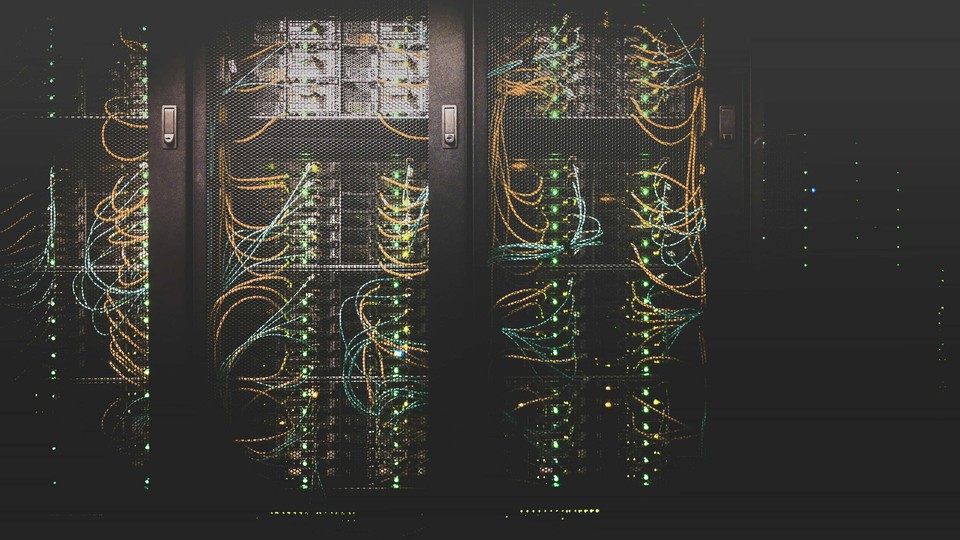Mary Gibbs Jones Professor of Management and Psychology – Organizational Behavior

Who Gets the Most Out of Generative AI?
Tools like ChatGPT can spark creativity at work — but only if employees think strategically.
Based on research by Jing Zhou (Rice Business), Shuhua Sun (Tulane), Zhuyi Angelina Li (Renmin University of China), Maw-Der Foo (Nanyang Technological University) and Jackson G. Lu (MIT)
Key findings:
- Generative AI enhances employee creativity — but only when paired with metacognitive strategies like planning, monitoring and adapting.
- When used strategically, generative AI can expand “cognitive job resources” that support creative problem-solving — like access to information, task flexibility and mental recovery.
- To unlock AI’s creative potential, organizations should invest in metacognitive skills training — not just new technology.
The rise of generative AI in the workplace has led to a puzzling disconnect. Even as organizations increasingly embrace tools like ChatGPT, there’s been little evidence that they enhance employee creativity.
For example, a recent nationally representative Gallup survey found that only 26% of employees who use AI say they’ve seen a creative boost.
This mismatch raises a key question: Can generative AI tools that create text, images and other content truly enhance employee creativity?
A new study from Rice Business suggests they can — but only when paired with the right cognitive approach.
Published in the Journal of Applied Psychology and co-authored by Jing Zhou, Mary Gibbs Jones Professor of Management, the paper finds that generative AI doesn’t enhance creativity equally for everyone. Instead, its impact depends on how well people manage their own thinking while using it.
To unlock generative AI's creative potential, employees must pair it with “metacognitive strategies” — mental habits like planning tasks, tracking progress and adjusting tactics.
To test how metacognition affects the creative benefits of generative AI, the authors ran a field experiment with employees at an actual organization — one of the first studies to do so. Using one of the most rigorous methods in organizational research, the study offers rare causal evidence of AI’s impact on workplace creativity.
Putting GenAI to Work
The field experiment took place at a Chinese technology consulting firm — an industry that puts a premium on innovation. Because employees in this field are expected to develop custom solutions for diverse clients, it made for an ideal research environment.
The team worked with 250 nonmanagerial employees at the firm who were randomly assigned to either a treatment group or a control group. Treatment group participants received access to ChatGPT accounts, along with usage examples, while those in the control group continued working without help from AI.
Both groups completed creative problem-solving tasks during the work week. At the end, participants in the treatment group took a survey measuring their use of metacognitive strategies — including how well they planned, monitored and adapted their methods. For example, they would rate themselves on statements like: “While working toward my goal, I kept track of how effective my approach was.”
Employee supervisors, who were unaware of the study’s design or purpose, later rated the creativity of participant outputs. To supplement these evaluations, external reviewers independently assessed employee responses to a specific written prompt about protecting privacy in the digital workplace. Responses were scored on novelty and usefulness.
“What we found is that AI tools aren’t a creativity machine on their own,” Zhou says. “They can be a powerful partner. But for workers to truly benefit, they need to reflect on their thinking and adjust their approach in real time.”
AI Won’t Make You Creative — But Better Thinking Will
So, what were the results?
The experiment showed that employees who worked with generative AI produced more creative ideas than those who did not — but only when they applied metacognitive strategies.
“What we found is that AI tools aren’t a creativity machine on their own,” Zhou says. “They can be a powerful partner. But for workers to truly benefit, they need to reflect on their thinking and adjust their approach in real time.”
In other words, the value of AI depends less on what it can do and more on how people use it. “Tools like ChatGPT have real potential to expand what we call ‘cognitive job resources,’” Zhou explains. “That is, things like access to relevant information, the ability to switch between tasks and moments of mental rest. But this potential is only unlocked when people use it strategically.”
The study has major implications for both employees and companies who are eager to integrate AI into their workflows. If AI-driven creativity depends on how people think, then companies must invest not just in new tools — but in the mental habits that make those tools work. And for employees: Using AI effectively isn’t just about mastering the technology — it’s about sharpening how you plan, adapt and reflect as you work.
The good news is that these strategies are teachable. Firms can boost creativity by investing in metacognitive skills training.
What form that training should take is a fertile avenue for future study. Perhaps it looks like more reflective onboarding, structured support for planning, or dedicated time to build and assess problem-solving strategies.
Long-Term Success Requires Culture, Training and Care
The study raises other important questions, such as the role of employee motivation. Employees who are more motivated to explore and solve problems may be more likely to engage metacognitively with AI. Team dynamics and organizational culture might also play a role in shaping how AI tools are used day to day.
The Rice Business study is promising, but its authors acknowledge limitations. For example, the long-term effects of using generative AI are unclear. Over time, employees who rely heavily on these tools may risk becoming too dependent, potentially weakening the very skills that nourish creativity, like autonomy and learning.
Still, the takeaway is clear: Generative AI isn’t a shortcut to more novel and useful ideas. To successfully use these tools, organizations need to do more than just install new software. They should provide training and support to help employees reflect on their processes and think strategically.
By Scott Pett
Zhou, et al (2025). “How and for Whom Using Generative AI Affects Creativity: A Field Experiment,” Journal of Applied Psychology.
*APA selected this paper as an Editor's Choice article for December 2025.
Mary Gibbs Jones Professor of Management and Psychology – Organizational Behavior
Never Miss A Story



